Two Birds to Watch While Fishing
One of the pleasures that fishing so generously provides to its participants is the opportunity to watch some spectacular bird life. Two birds to watch while fishing in central Florida waters include the migratory white pelican, and the resident roseate spoonbill.
White pelicans migrate here to central Florida for the winter, arriving somewhere around Thanksgiving. Summer finds them in the Dakotas and the prairie provinces of Canada, where they nest on isolated islands.
Watching them feed I often wonder how they catch enough fish to maintain that large body. Unlike brown pelicans they don’t dive; rather, as they swim they dip their bills into the water to catch their fish. They usually fish in groups, finding it more efficient that way. They actually herd the fish to make them easier to catch. Ease of capture is important, since each bird needs at least three pounds of fish daily. That’s a lot of minnows! Actually, white pelicans can eat fish ranging in size from minnows up to three pounds or so.
White pelicans fly very gracefully. A flock will ride thermals, circling higher and higher for no apparent reason other than the sheer joy of flying. An observant angler will see hundreds of tiny specks elegantly circling together, thousands of feet above the water, an aerial ballet if you will.
Large, pink, spectacular roseate spoonbills do live here all year. If you want to see some, the area around the Merritt Island wildlife refuge is one of the best places in the state to look. They feed while wading in shallow water, sweeping their spatulate (duck-shaped), partly opened bill from side to side. The moment any small aquatic creature touches the inside of the bill—an insect, crustacean, or tiny fish—the bill snaps shut. They need to feed many hours each day to find adequate food. Their dabbling technique only works well when there are lots of small organisms in the water.
Watching these and any of the many other types of birds out there can be one of the most enjoyable aspects of any fishing trip- especially when the fishing is slow. It’s good to take a break from chasing fish and observe what else is out there sometimes. The white pelican and the spoonbills are two birds to watch while fishing.
John Kumiski
http://www.spottedtail.com
All content in this blog, including writing and photos, copyright John Kumiski 2014. All rights are reserved.

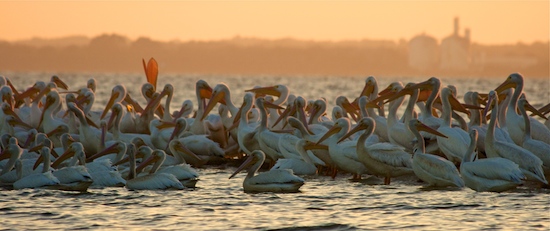
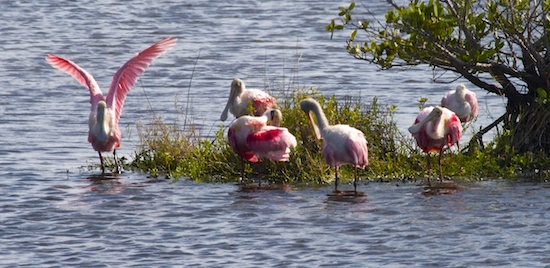
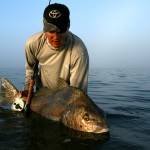

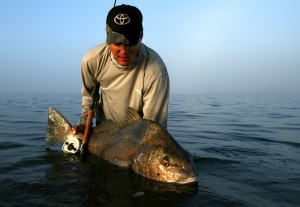


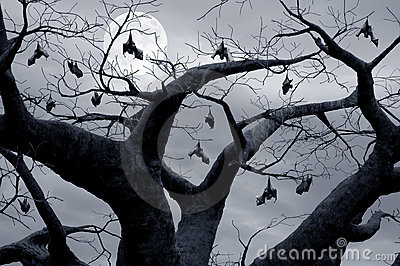
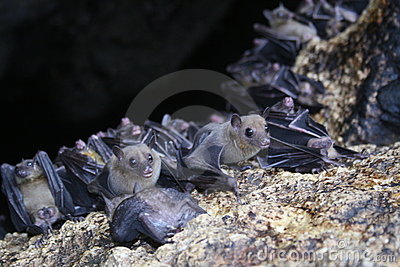
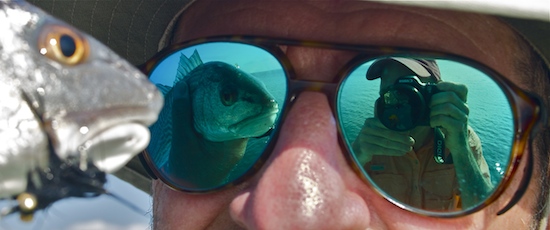

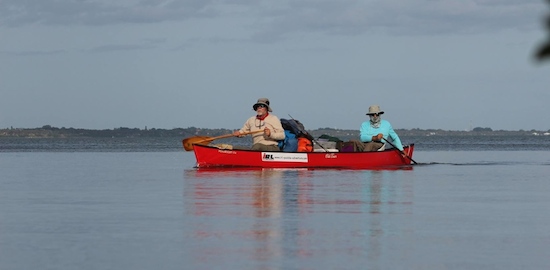
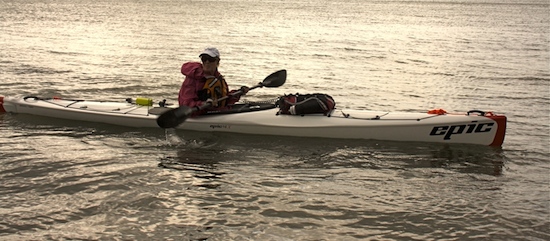
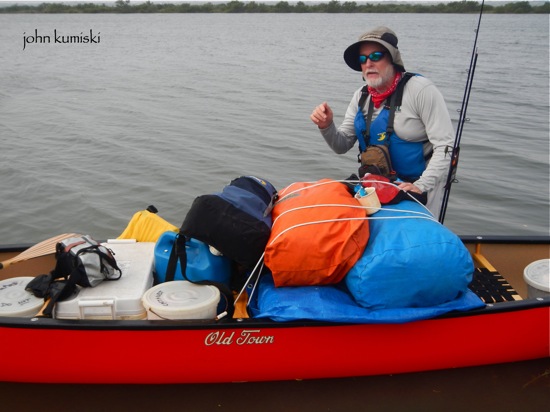
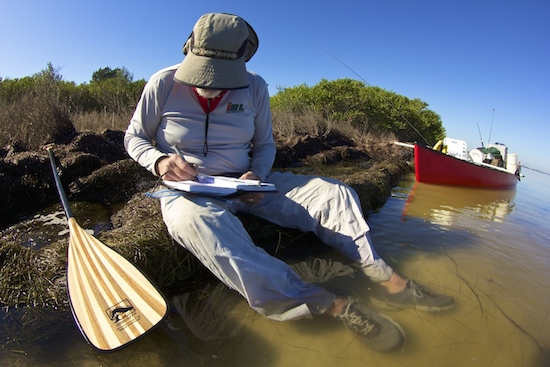


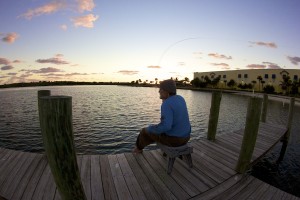


Recent Comments